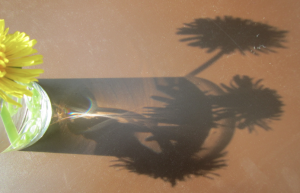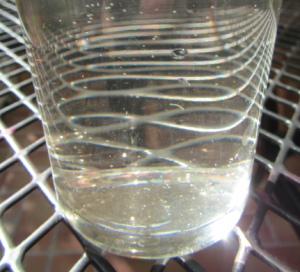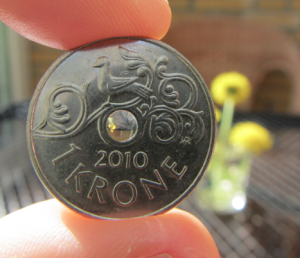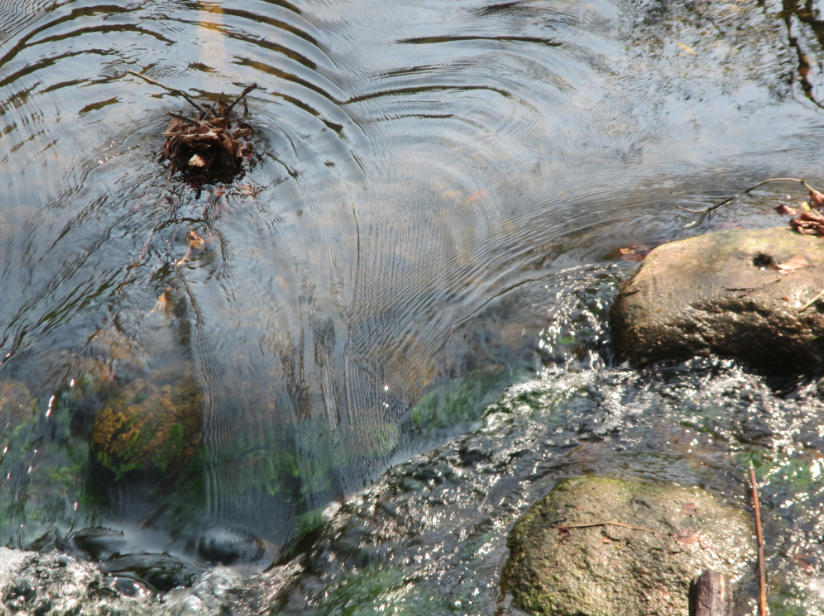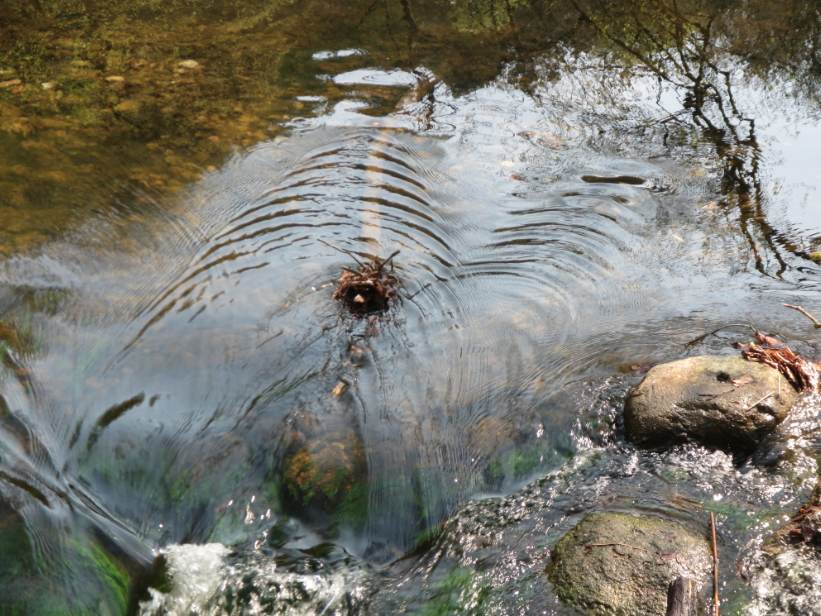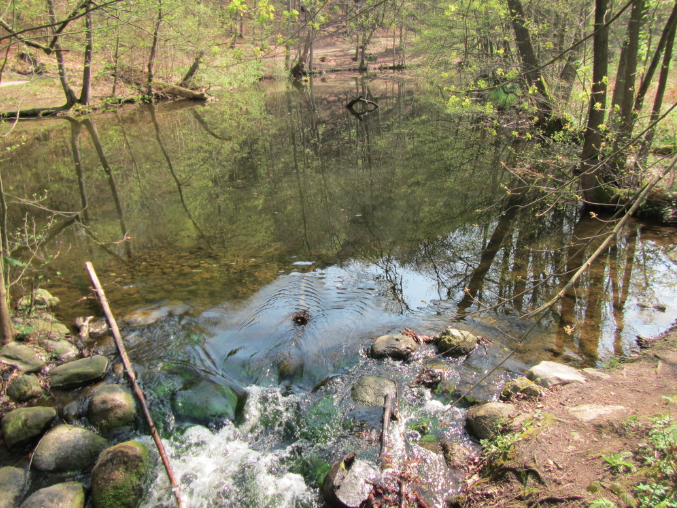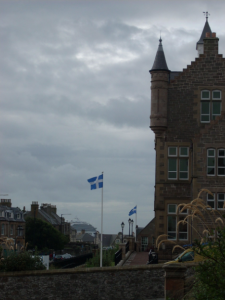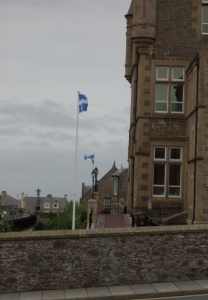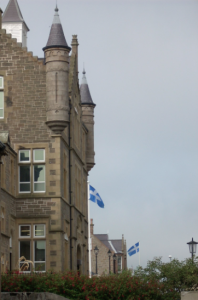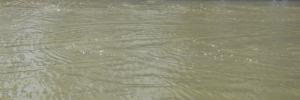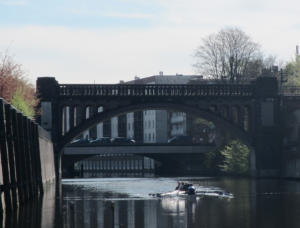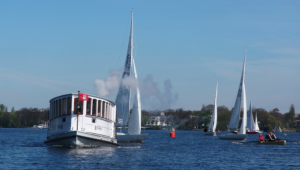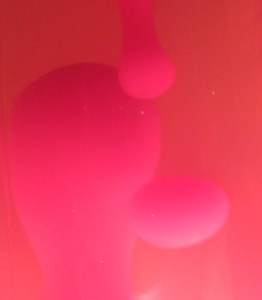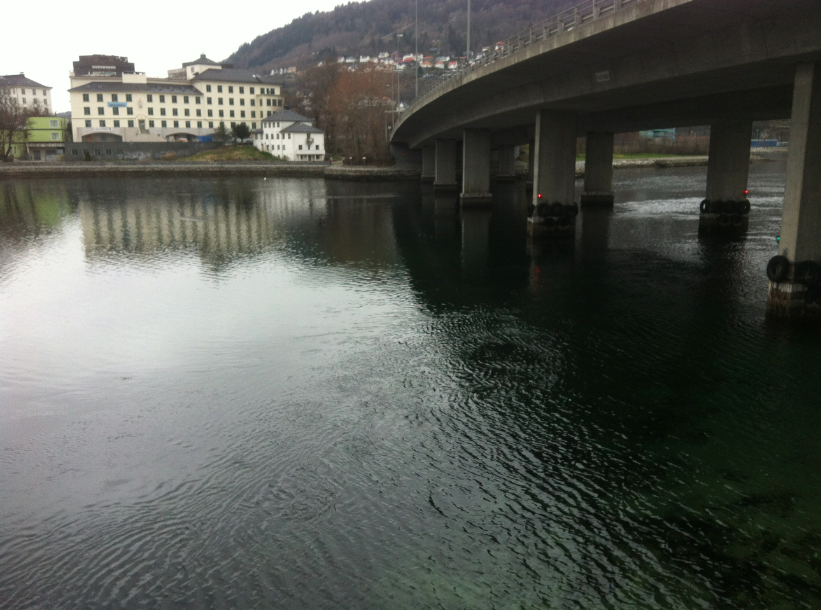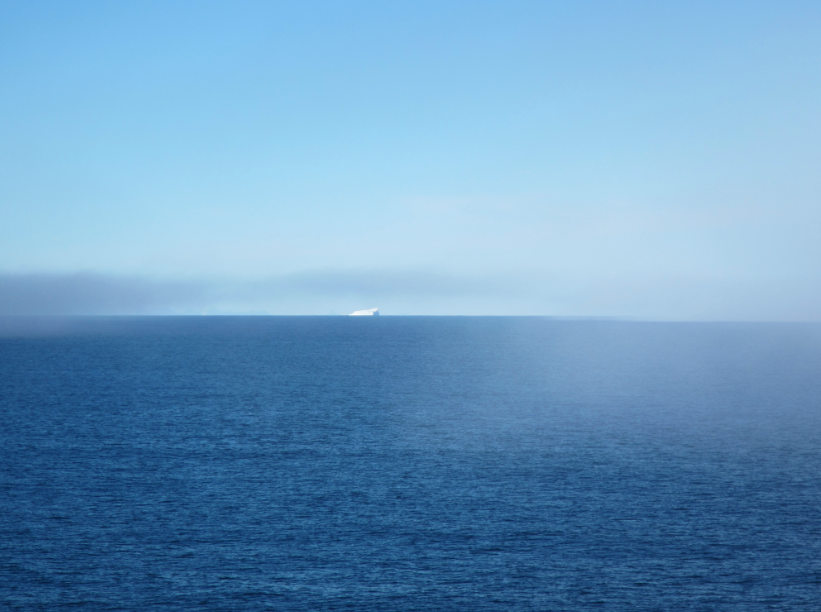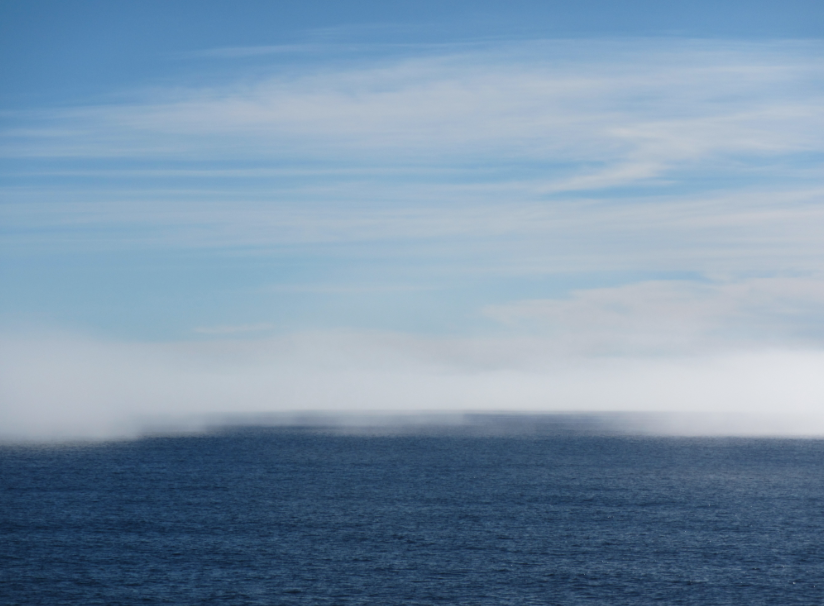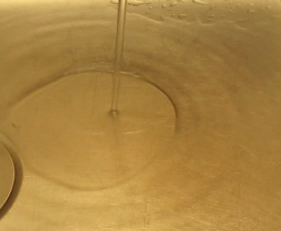Wind going in different directions at different heights.
Apparently some people were intrigued by the white mist they saw on the last picture in my last post (below).
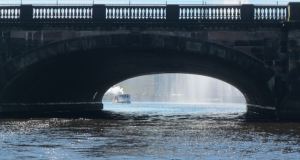
Lombardsbrücke.
First, let me tell you one thing: You clearly need to come visit Hamburg.
But now let’s solve the mystery. This is what is causing that mist:
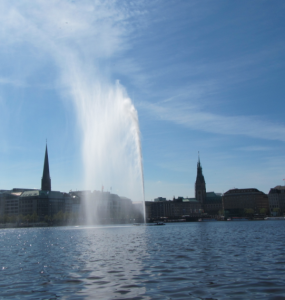
Fountain on Binnenalster. Surely by now you recognize Hamburg town hall in the background?
And while we are talking about that fountain, have a look at that picture below.
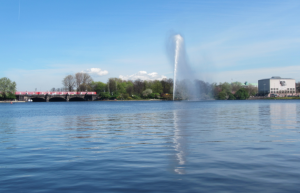
Wind shear.
The top of the fountain blowing to the left while the bottom is blowing to the right. How awesome is that???
—
One last picture for those of you wondering about the “behind the blog” of this blog. How do I find the time to take all the pictures? The answer is – I never go somewhere with the specific purpose of taking pictures for my blog. The pictures from the last two posts were taken on a Saturday trip with my parents and my granddad. We were happily sailing along, enjoying the views and the sunshine, and I took pictures of whatever caught my eye.
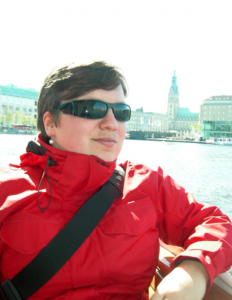
Me in front of Hamburg town hall. Picture taken by my mom on the same trip as all the pictures in this and the last post.
And I think that’s the main reason why the massive project of writing a blog is surviving even though I am pretty busy with, you know, work and life: Because I just love seeing how maybe not every single day, but at least every week I am seeing something amazing (to me!) related to ocean sciences. It’s like other people might have their #100happydays projects or that kind of thing – a constant reminder of how much I enjoy ocean sciences and, more importantly, how much ocean science there is in my life still, even though I am not at sea nearly as much any more as I would like to be.
